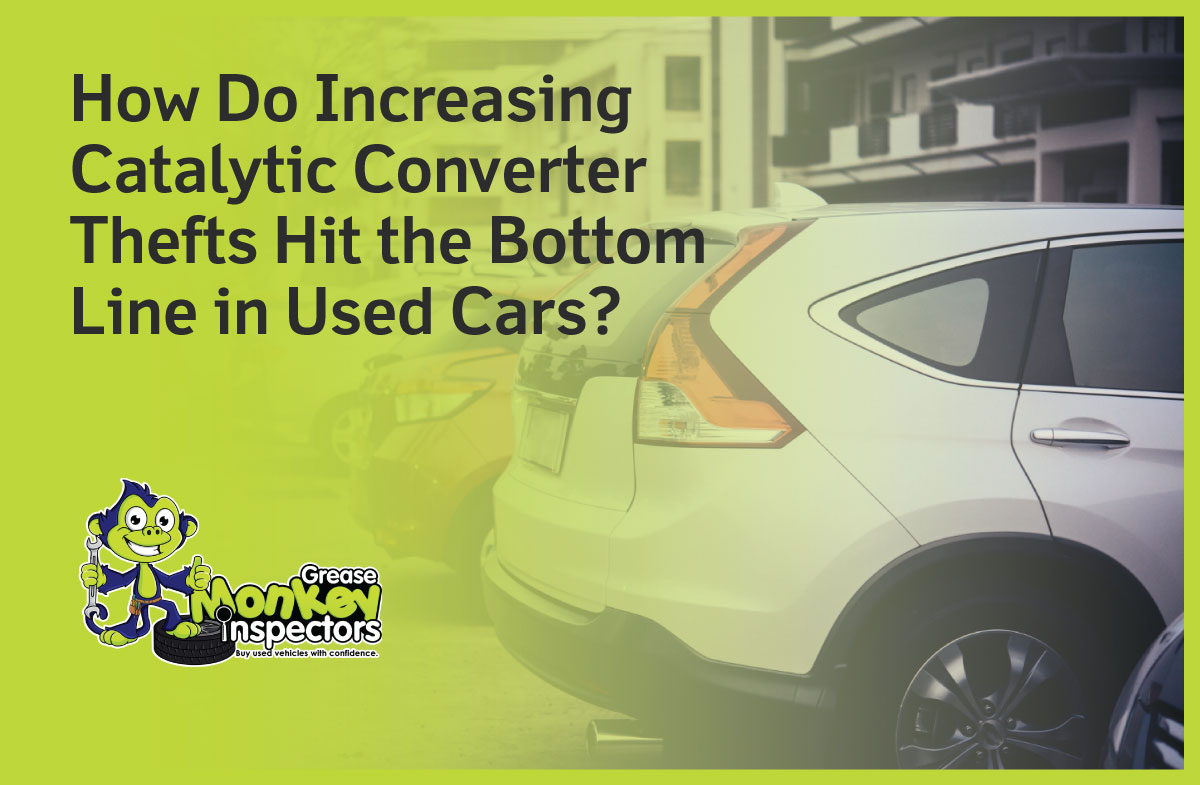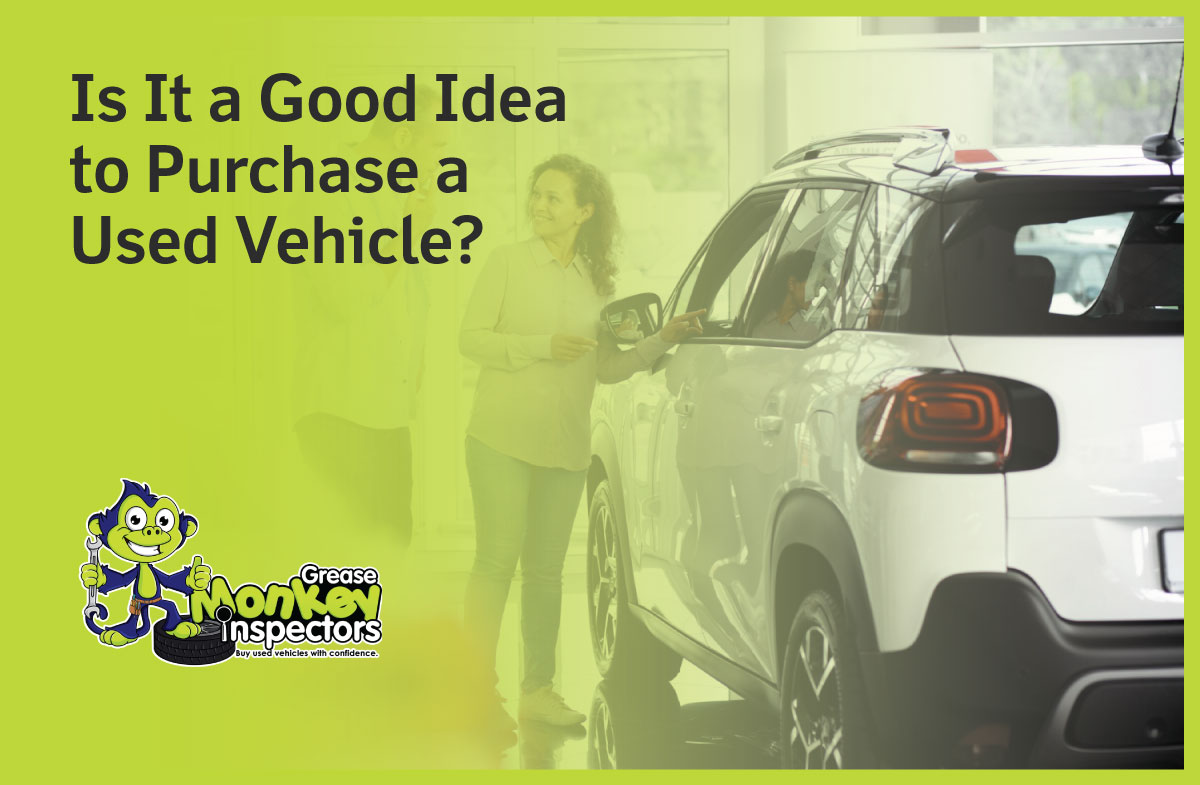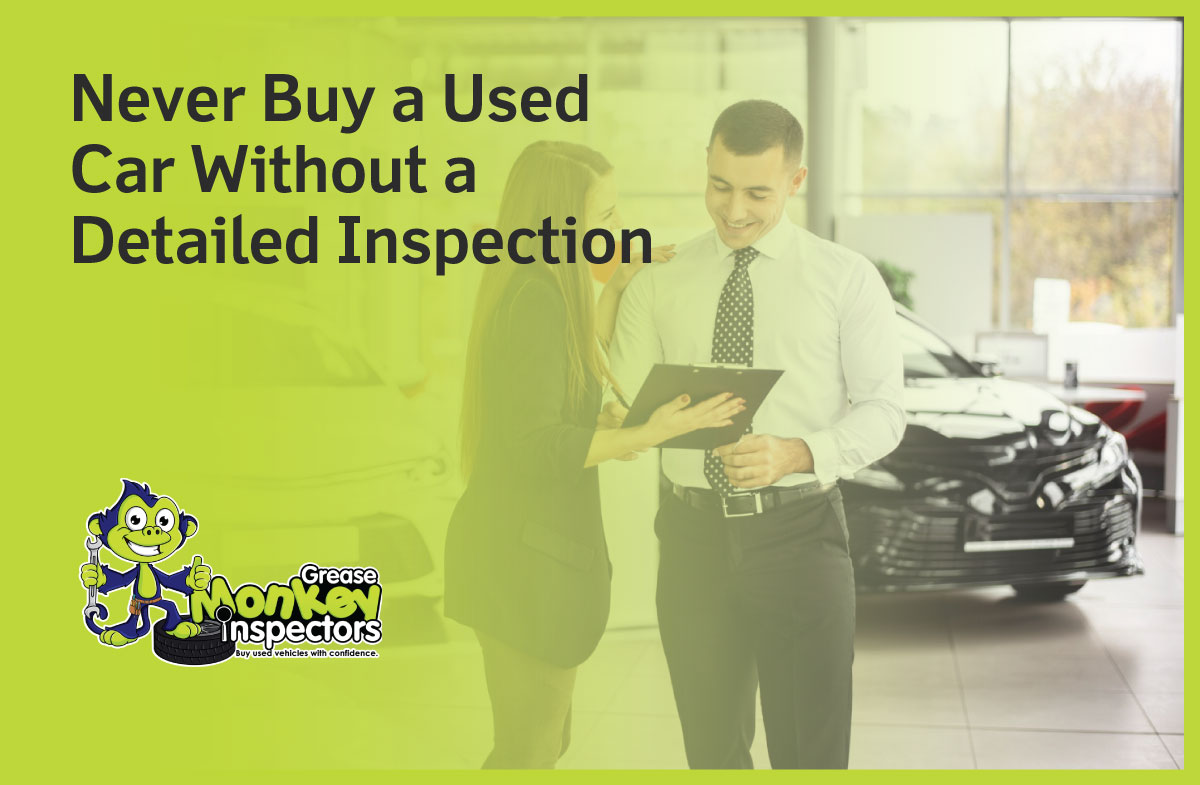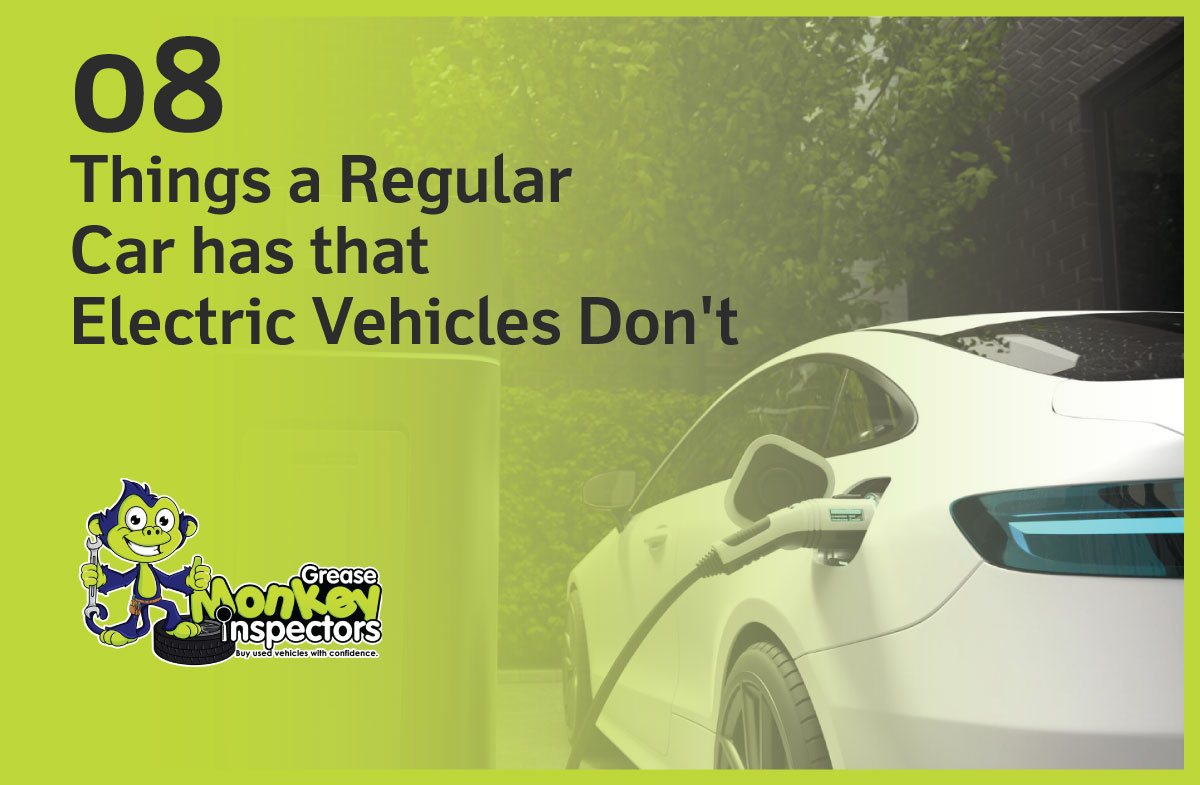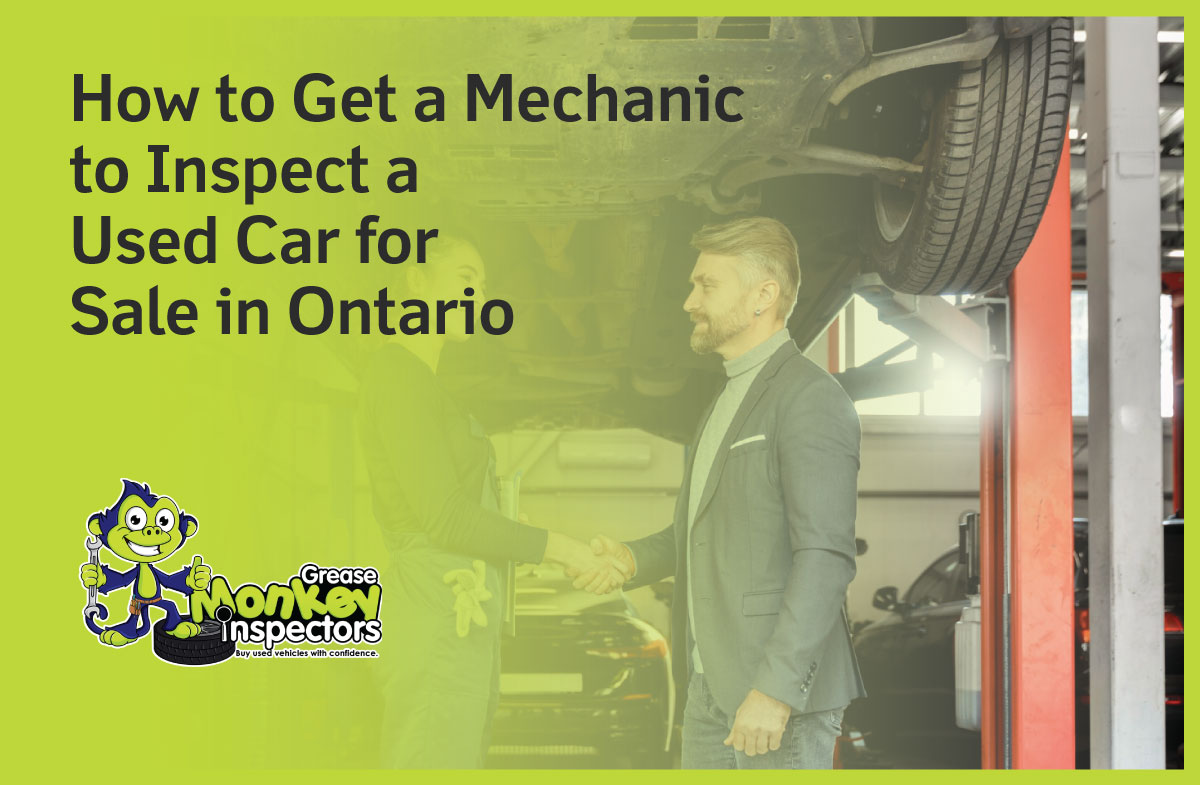At Greasemonkey Inspectors, we understand the importance of a thorough Vehicle Inspection before making a purchase. That’s why our pre-purchase inspections are designed to provide detailed insights into your vehicle’s condition, ensuring that you make a well-informed decision. With every inspection, we include a comprehensive history report, giving you the full picture. As part of our Vehicle Inspection in Ontario, we offer on-site services, ensuring convenience for our customers across Canada.
Advanced Vehicle Inspection Technology
Our inspections use the latest technologies to ensure accuracy. Traditional inspections, often performed manually, can miss critical issues. A recent national survey revealed that more than 60% of tire checks in repair garages are still done visually, with fewer than 6% of service departments using automated systems. Visual inspections, which typically take less than 15 minutes, can miss nearly 60% of safety-related problems.
At Greasemonkey Inspectors, we address these gaps by integrating automated tools into our Vehicle Inspection in Canada services. These advanced systems use high-resolution cameras and artificial intelligence to detect issues that might go unnoticed by the human eye. For instance, underbody inspections, typically prone to error, are much more efficient when performed with automated, camera-based systems. These inspections take under 90 seconds and deliver highly accurate results, identifying missing components, damage, and other safety risks.
The Role of Automation in Vehicle Safety
Automation isn’t just about speed; it’s about precision. Automated Vehicle Inspections can identify issues with tires, brakes, steering, and fuel systems in seconds, ensuring you’re aware of potential risks. Given that over 30% of vehicle accidents result from mechanical failure—tire and brake problems accounting for over 40%—it’s crucial to have your vehicle thoroughly inspected.
With more than 6.7 million accidents and 36,000 fatalities recorded in 2019 alone, ensuring vehicle safety through reliable inspections has never been more important. We make it our mission to reduce these risks by offering top-notch Vehicle Inspection in Ontario.
Why Choose Greasemonkey Inspectors?
As industry leaders in pre-purchase vehicle inspections, Greasemonkey Inspectors provides an unparalleled service. We aim to remove the inconsistencies and human errors common in traditional inspection methods. By utilizing a combination of machine learning, cloud-based systems, and advanced sensors, our inspections deliver results you can trust.
With the growing number of vehicles on the road, automated inspections are revolutionizing how cars are assessed for safety. These systems not only detect external issues but can also find undercarriage damage that might otherwise go unnoticed. By automating these processes, we ensure a level of thoroughness that traditional methods can’t match.
Drive Safe with Confidence
We are not car dealers; we are dedicated to ensuring that every vehicle on the road is safe. Whether you’re buying a car or maintaining one, our Vehicle Inspection in Canada services will give you peace of mind. Trust Greasemonkey Inspectors to keep you safe on the road with our advanced, on-site inspection services.
To learn more about our inspection services, check out our Inspection Packages.


